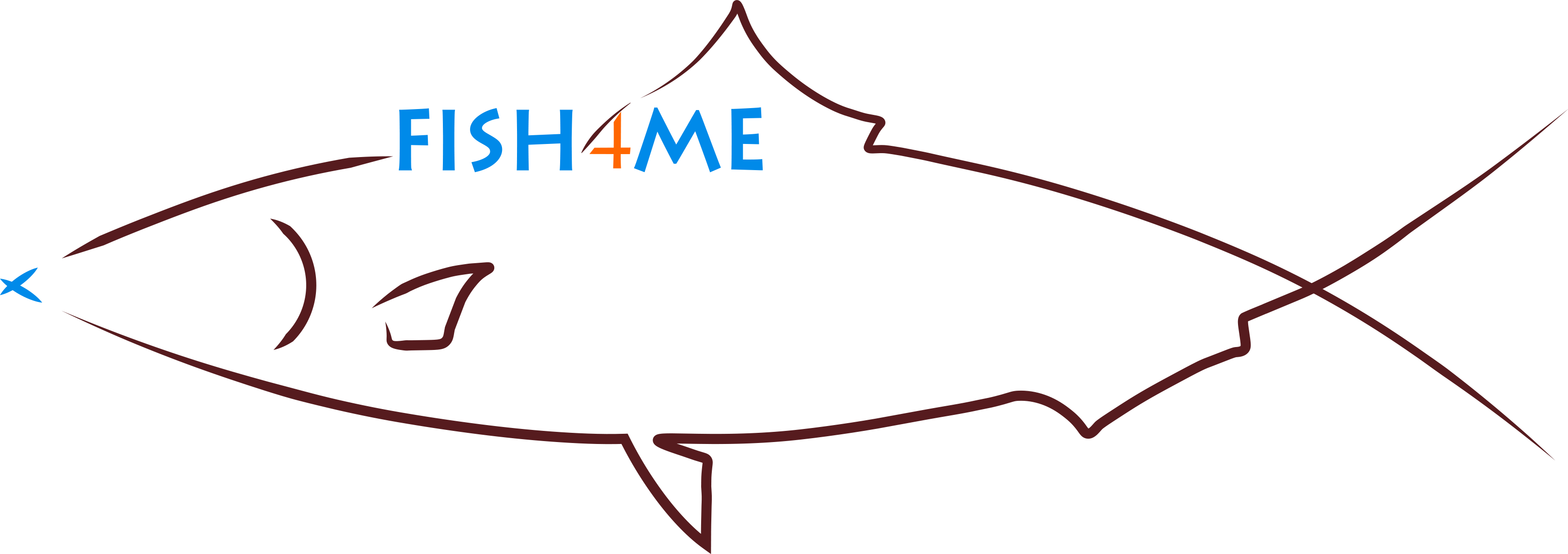The meaning of aquaculture in the dictionary is “creation of aquaculture animals for scientific circles”, or aquaculture is a technique used to create aquatic species useful to human beings by means of some kind of control of the organism and the environment to which it is inserted ( Idyll, 2011).
The main commercial species used in aquaculture are:
- Robalo – European seabass;
- Golden – gilt-head bream;
- Nailed – Scophthalmus maximus;
- Atlantic salmon – Salmo salar;
- Pacific salmon – Oncorhynchus kisutch;
- Atlantic cod – Gadus morhua;
- Corvina – Argyrossomus regius;
- European eel – Anguilla Anguilla. (Cabrita, 2016)
Although the reason why practicing aquaculture is that there may be a decrease in human pressure on marine ecosystems and freshwater (pressure is caused either by over-fishing, as by illegal, unregulated and regulated), the technique used to feed these animals, usualy, is the fattening system. This means that the fish are fed to have faster growth than they would have on wildlife, which, genetically, results in an early puberty and a smaller body size than is generally seen in the wild.
The consequences of early puberty in fish are:
- Reduced growth and weight;
- Increased dispersion of sizes;
- Extra need of hand work in screening sizes;
- Increased aggression between individuals;
- Increased risk of genetic impact on wild populations, during the existence of fish kept in cages (a technique used in aquaculture). (Cabrita, 2016)
There are some methods to be used to “prevent” this phenomenon, like methods of esterification and production of single-sex population.
We know that the search for a second habitable planet is no longer science fiction, which makes me think that somehow we are giving up of our own planet, our home … even when we have the choice to preserve conserve our Blue Planet. There’s no equal planet. We always try to work around the problems by creating new ways and new techniques to manufacture or produce the same product, hence the existence of aquaculture. But aquaculture can not be the only solution, because the rations are made based on other fish (Sá, 2016). To produce one kilogram of goldfish, we spend a kilo and a half of dry feed, which may amount to almost five kilos of wet fish (Sá, 2016). “If we are only thinking about carnivorous fish, it doesn’t solve the problem. The goal should be to find a herbivorous species with a taste that appeals to consumers, “argues the researcher of Marine Sciences Centre, Adelino Canario (Sá, 2016).
Bibliography :
- CABRITA, Elsa (2016) Class 1 commercial exploitation of marine resources – Aquaculture . University of Algarve.
- CABRITA, Elsa (2016) Lesson 2 Production of the main commercial species: Aquaculture as decreased pressure on resources . University of Algarve.
- CP Idyll (2011) Marine Aquaculture: Problems and Prospects. Journal of the Fisheries Research Board of Canada .
- SA, Sara (2016) Until When We Have Fish? Green vision.
